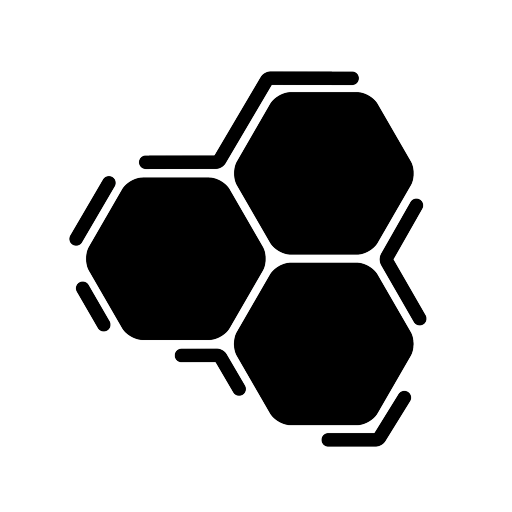Artificial Intelligence is transforming the way we create—accelerating workflows, expanding our visual vocabulary, and opening up entirely new aesthetic possibilities. But here’s the truth I’ve learned from decades in art, design, and teaching: AI does not replace the need for foundational art skills—it magnifies their importance.
Why Foundations Still Rule
Mastering the fundamentals—composition, perspective, anatomy, lighting, color theory—are the grammar of visual language. Without them, AI output becomes a game of chance like Whack-A-Mole: you might get something interesting, but you won’t have the tools to guide it, refine it, or fix it. When you understand design principles, you can: – Write prompts that produce intentional results. – Spot and correct errors AI tools introduce. – Push the machine toward your vision instead of accepting its default. Bend AI to your will, not vice-versa.
A Learning Advantage
My Industrial Design training taught me how to merge form, function, and user experience into every creative decision. That discipline demanded both precision and imagination—skills that translated directly into my work in digital media and now into the AI era. Whether it’s a product, an environment, or a game world, the ability to balance aesthetics with purpose is what gives work real impact. Industrial Design also instilled the practice of iterating rapidly across media—sketching concepts by hand, refining them digitally, and building digital and physical 3D models to test form and proportion. This mindset is exactly what makes AI a powerful ally instead of a gimmick.
The Role of Analog and Digital Tools
Before AI, I honed my skills through analog methods: pencil, ink, paint, and markers. Those hands-on techniques trained my eye, my patience, and my ability to solve design problems in real time. Later, digital 2D tools like Photoshop and Illustrator expanded my range, and 3D modeling in tools like Maya, Blender, and SketchUp allowed me to construct immersive, navigable worlds. Now, AI joins that toolbox—not as a replacement, but as a way to accelerate and amplify what these other tools already make possible.
AI as a Multiplier, Not a Crutch
Think of AI as an amplifier. If you bring strong fundamentals—mine are rooted in Industrial Design thinking, sharpened by analog drawing, and expanded through digital 2D and 3D work—the results will scale upward: faster iterations, richer compositions, more cohesive design language. Aikido taught me Power is In the Basics and you skip the basics when using AI, it will just make bigger, faster mistakes.
The Artist’s Eye Is Still the Final Judge
No matter how advanced the tool, the responsibility for meaning, storytelling, and craft still belongs to us hoomans. Foundational skills enable us to look at an AI-generated image and instantly know why it works—or why it doesn’t—and what to do next. In My Own Practice As I integrate AI into my work, I’m leaning on the same skills I used when drafting by hand, designing products, and building worlds framing a shot, understanding light, balancing shapes, and creating believable, functional worlds. AI speeds up execution, but the design judgment still comes from me.
The Takeaway A
I is a powerful collaborator, but it’s not a replacement for artistic skill, and never will be. The stronger your foundation—and the broader your fluency across design disciplines, engineering, analog art, digital 2D and 3D tools—the more control you’ll have over what AI produces. The future belongs to artists who master the fundamentals, think like designers, guide like directors, and adapt like innovators.
Foundations first. AI second. Creativity always.

